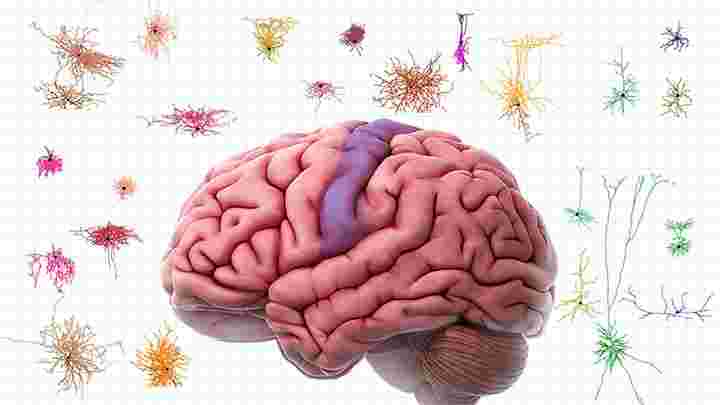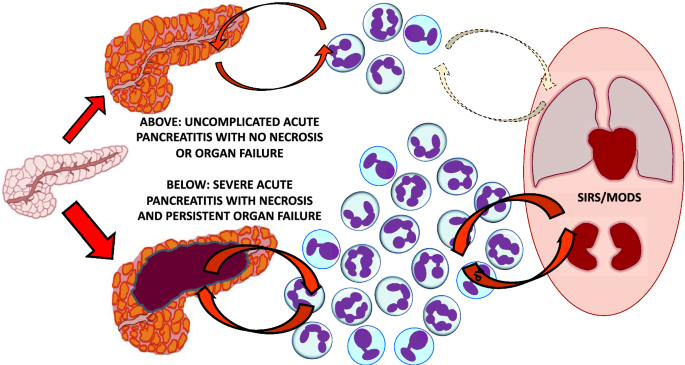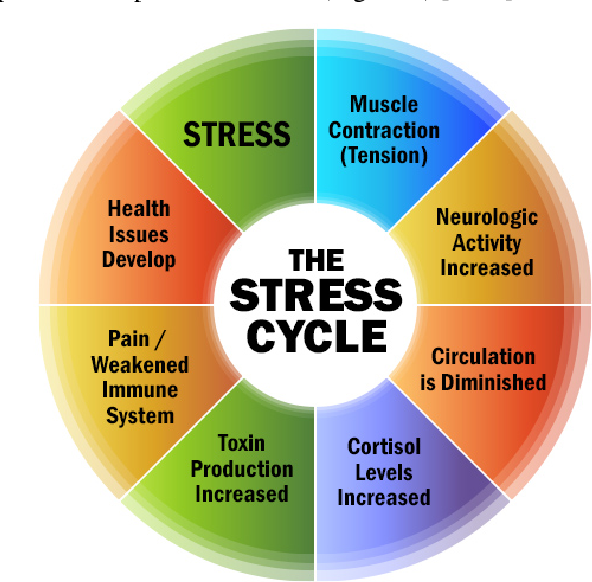When we talk about the human brain, cells, and cell types, we not only explore their individual roles, but also delve into how they work together to maintain the body's normal functions. In this process, human physiological hygiene plays a vital role. This article will introduce in detail the important position of these three keywords in human physiological hygiene, hoping to help you better understand the operating mechanism of the human body.
In the human body, cells are the basic units that constitute various tissues and organs. They work together to maintain the normal operation of the human body through different types and functions. Among them, the human brain is one of the most complex cellular tissues. It is composed of tens of billions of nerve cells, which are interconnected through complex neural networks. The human brain controls all aspects of our thinking, behavior, emotions, etc. Therefore, maintaining the physiological hygiene of the human brain is crucial to our physical and mental health.
In order to maintain the physiological hygiene of the human brain, we need to start from the following aspects: first, provide sufficient nutrients, such as glucose, amino acids, and fatty acids, to support the normal metabolism of nerve cells; second, maintain smooth blood circulation to provide Sufficient oxygen and nutrients, while expelling metabolic waste from the body; finally, avoiding prolonged stress and anxiety to prevent excessive fatigue and damage to nerve cells.
In addition, reducing nerve cell damage is also the key to maintaining physiological hygiene of the human brain. Nerve cells have the ability to regenerate, but this ability is limited. Therefore, we need to take measures to protect nerve cells from damage, such as avoiding alcohol abuse, quitting smoking, and controlling blood sugar and blood pressure. These measures can effectively reduce the risk of nerve cell damage and are crucial to maintaining the vitality and function of the human brain.
Cell types also play an important role in human physiological hygiene. Different types of cells have different physiological functions. For example, cardiomyocytes are responsible for the contractile function of the heart, while neurons are responsible for transmitting nerve signals. The diversity of cell types provides the body with rich functionality and adaptability, but also increases the complexity of maintaining physiological hygiene. Genes are the fundamental factors that determine cell type and control cell development and function through genome coding. When maintaining human physiological hygiene, we need to pay attention to the expression and regulation of genes to understand the normal growth and differentiation of different cell types.
In future studies, we need to further explore the relationship between cell types and human physiological hygiene. Specifically, we can use gene editing technology to modify specific types of cells to better treat certain diseases or improve the physiological functions of the human body. In addition, we can also identify abnormal cell types or cells with impaired function by analyzing gene expression profiles, thereby providing a basis for early diagnosis and treatment of diseases.
In summary, the human brain, cells, and cell types are core elements of human physiological hygiene. In order to maintain physical health and mental balance, we need to deeply understand the relationship and role between them. By paying attention to the physiological hygiene of the human brain, cell protection and gene regulation, we can promote human health and prevent the occurrence of various diseases. Future research directions will be devoted to exploring the connections and potential mechanisms among these three to provide us with more effective health protection strategies and treatments.


